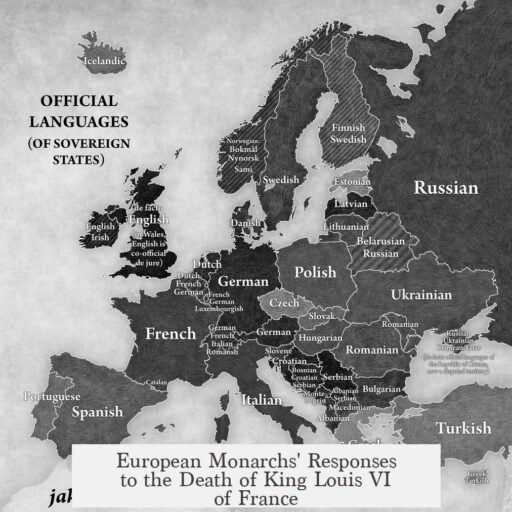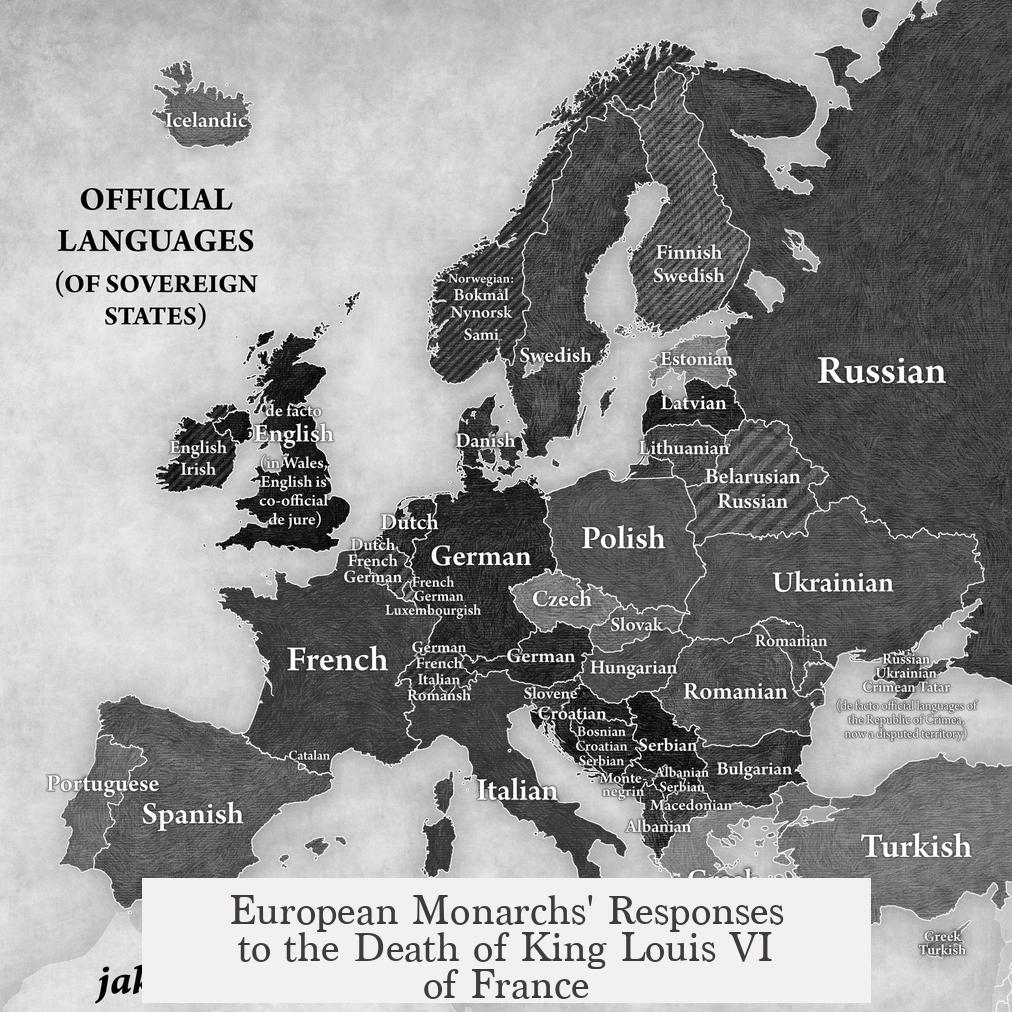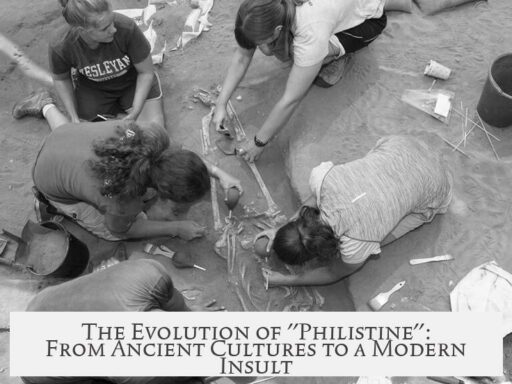The European monarchs did not leave recorded or detailed reactions to the death of King Louis VI of France in 1137. Historical sources from this period do not provide direct accounts of how neighboring rulers responded to his death. However, the political context and events surrounding his passing suggest subtle but important shifts among European powers.
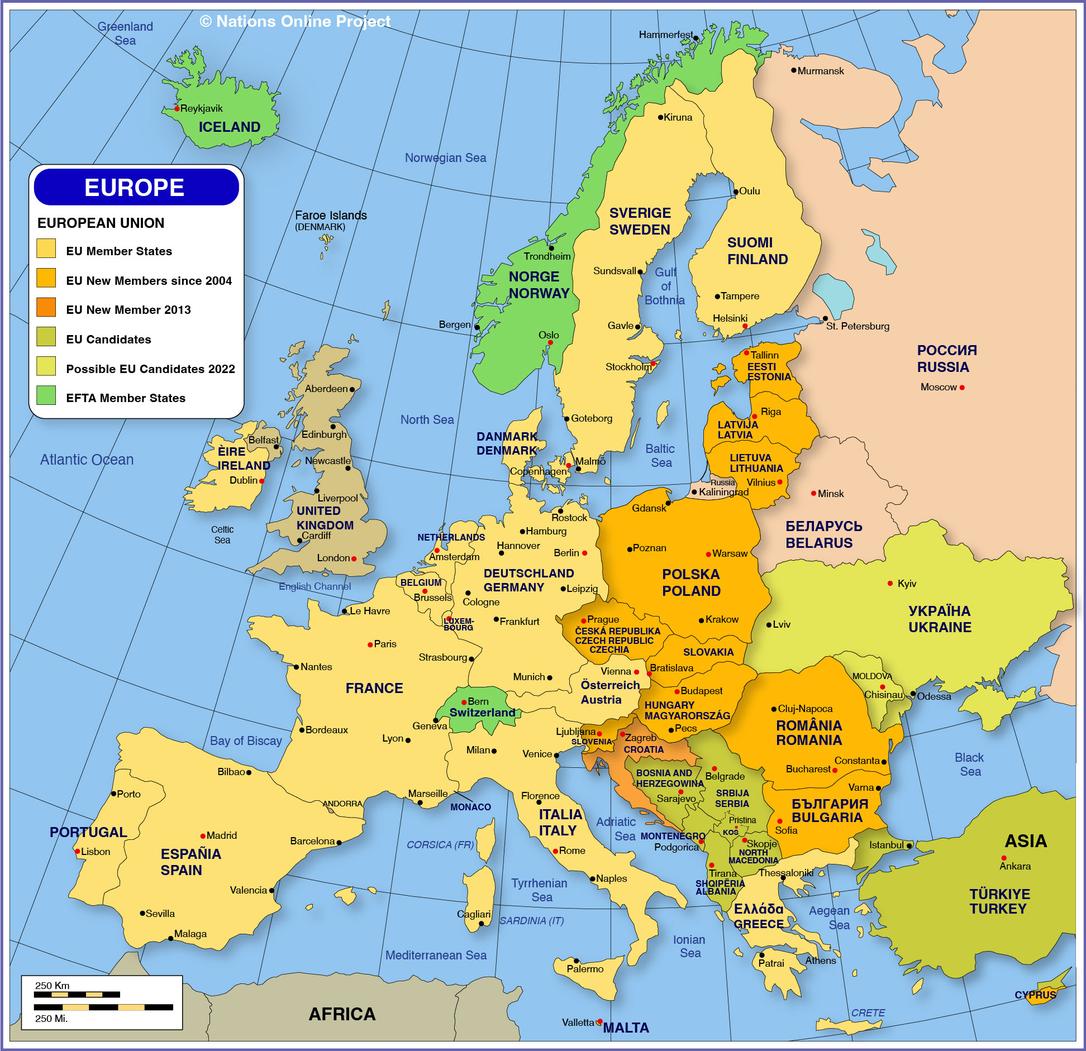
Louis VI had prepared carefully for his succession. In 1131, he crowned his son Louis VII co-king at around age 11. This early coronation ensured a smooth transition. Louis VI’s death followed a period of illness, so it came as no surprise to contemporaries or other rulers. This careful groundwork helped avoid fresh instability or power struggles in the French realm at the moment of his death.
At the time, France was politically fragmented. Though the king held authority over the royal domain near Paris, many duchies and counties like Burgundy, Brittany, Aquitaine, Champagne, and Flanders operated with de facto independence. Barons ruled their territories almost as sovereigns. Louis VI’s reign focused on reasserting royal control, but major regional lords remained influential and autonomous.
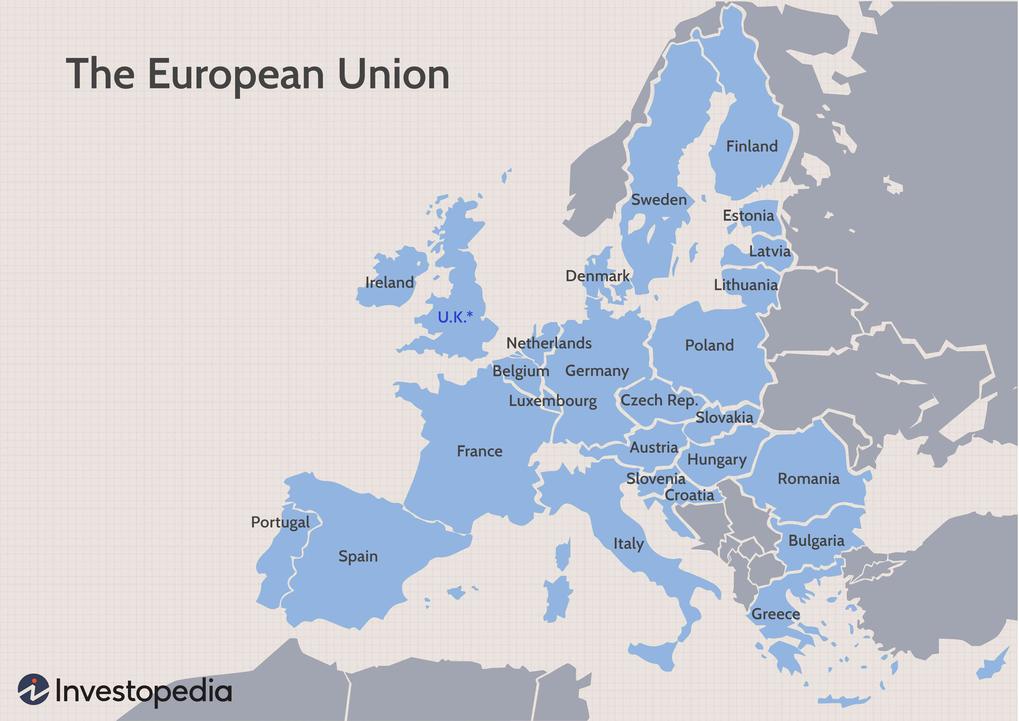
One of Louis VI’s last major acts was arranging the marriage of Louis VII to Eleanor, Duchess of Aquitaine. Eleanor inherited a vast and wealthy duchy, and this union promised to bring Aquitaine under tighter royal influence. The marriage was a strategic move to strengthen the French crown’s future power and alter territorial dynamics in Western Europe.
Regarding European neighbors, the English crown provides the clearest indirect glimpse of reaction. King Henry I of England died in 1135, leaving his kingdom contested. His nephew, Stephen of Blois, seized the throne, prompting a civil war called The Anarchy with Henry’s daughter Matilda also claiming power.
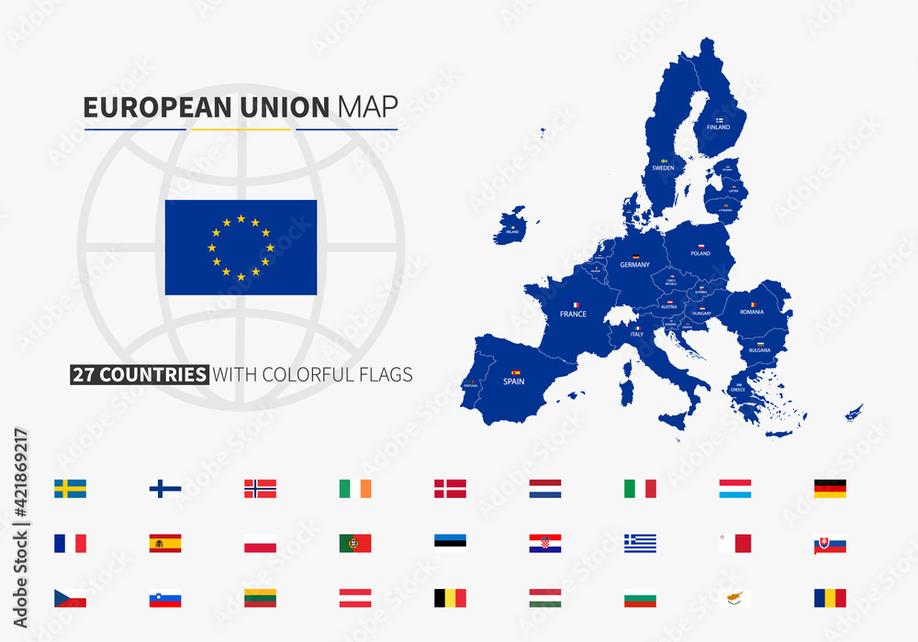
Louis VI had allied with King Stephen, agreeing to support him against Matilda and her husband Geoffrey of Anjou if they threatened French territories. This alliance was crucial for Stephen, who faced insurgencies and invasions. Louis VI’s death in 1137 deprived Stephen of an important diplomatic ally.
While no formal mourning or statements survive, it is reasonable to infer Stephen experienced a political loss with the death of Louis VI. Soon after, Geoffrey and Matilda launched renewed invasions of Normandy in 1138, escalating conflict. The absence of Louis VI’s backing weakened Stephen’s position and indirectly facilitated Matilda’s campaigns.
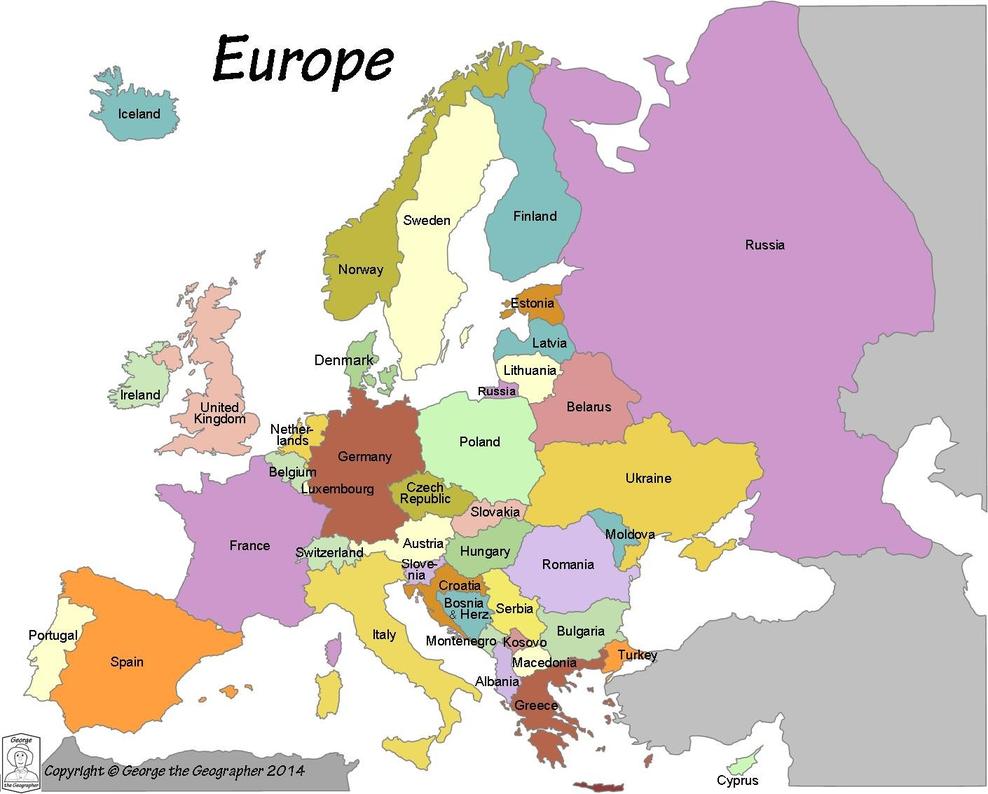
The Holy Roman Emperor Lothar III, another contemporary European monarch, died just months after Louis VI in December 1137. No records document his reaction to Louis’s death. His own passing meant he could not influence subsequent outcomes or express formal condolences.
While direct responses by other European rulers remain undocumented, Louis VI’s death did not trigger immediate upheavals in France. Thanks to the planned succession and Louis VII’s early coronation, the transition was orderly. However, the absence of Louis VI’s strong influence affected regional power balances over the following years.
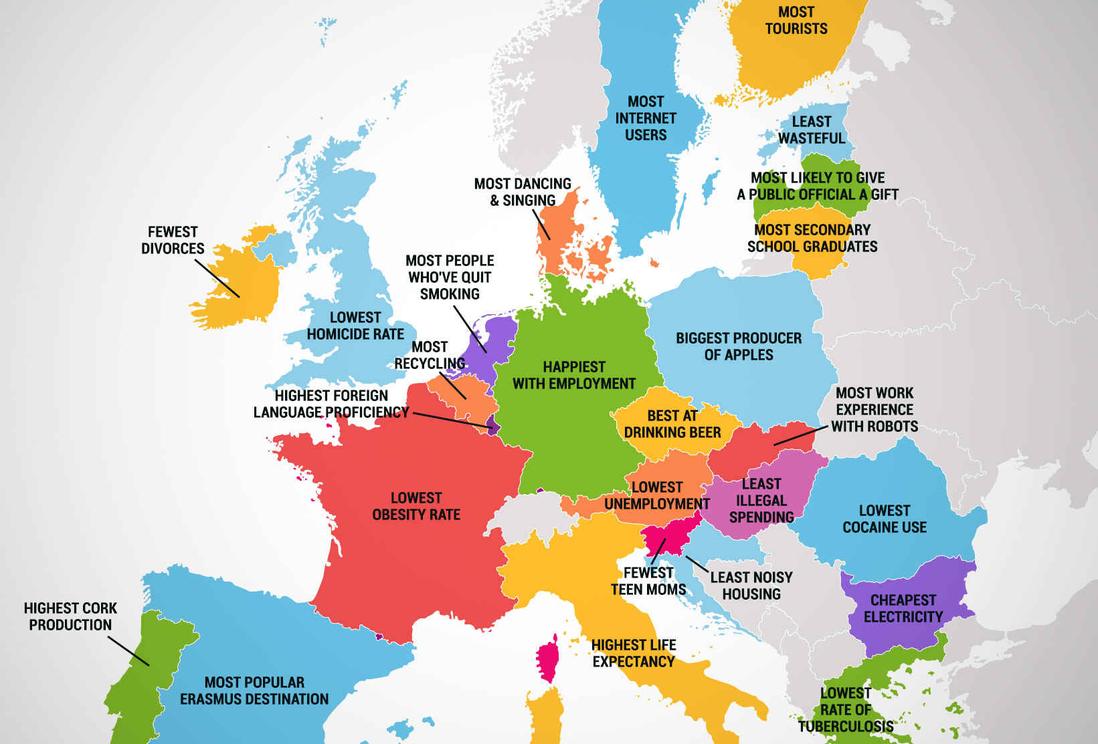
In summary, the limited historical record does not reveal specific reactions by European monarchs to Louis VI’s death. The main consequences were political shifts rather than expressive or ceremonial responses. Stephen of England’s loss of an ally and the subsequent rise of conflict in Normandy marked important indirect effects. The marriage alliance forged before Louis VI’s death laid the groundwork for major future struggles between France and England.
- No surviving contemporary records detail European monarchs’ reactions to Louis VI’s death.
- Louis VI had secured a smooth succession by crowning his son co-king in 1131.
- France remained fragmented with powerful local dukes and counts maintaining autonomy.
- Louis VI arranged the marriage of Louis VII to Eleanor of Aquitaine, linking Aquitaine to the crown.
- Stephen of England likely felt weakened politically due to losing Louis VI’s support.
- Subsequent invasions by Matilda and Geoffrey of Anjou increased turmoil in England and Normandy.
- Holy Roman Emperor Lothar III died shortly after and left no recorded response.
- The death set the stage for later geopolitical conflicts rather than immediate reactions.
How Did the European Monarchs React to the Death of King Louis VI of France?
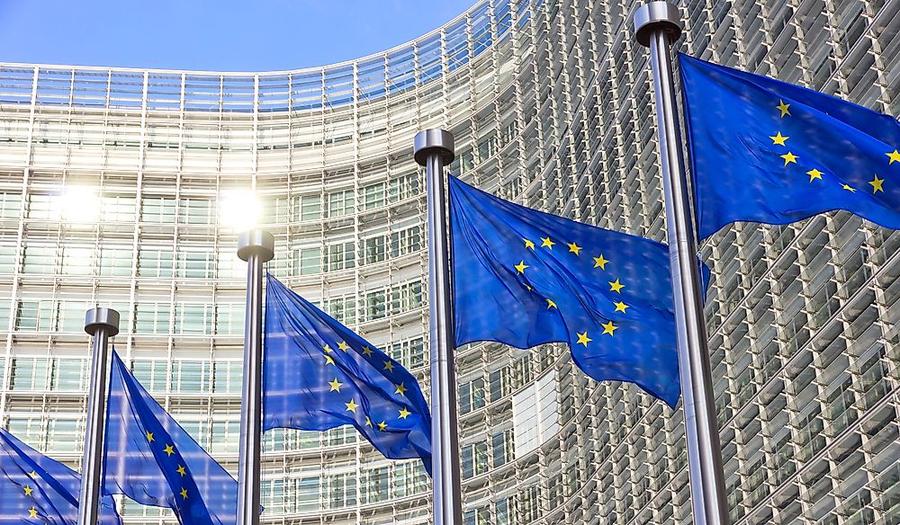
In short, the European monarchs’ immediate reactions to King Louis VI’s death in 1137 remain a mystery due to a lack of detailed contemporary records. It’s like history hit the pause button on court gossip regarding this event. But don’t despair; this silence invites us to explore the political chessboard of the era to see how rulers might have felt and maneuvered behind the scenes.
King Louis VI, dubbed “the Fat,” passed in a time when Europe was a patchwork of semi-autonomous realms. His death wasn’t a sudden blow—he had been sick with dysentery for much of the year, and he had smartly paved the way for his son and heir, Louis VII, by crowning him co-king six years prior, in 1131. This act was a masterstroke to smooth the succession and keep French barons from throwing a tantrum over uncertainty.
Imagine a medieval version of a CEO handing the baton early, saying, “Son, here, start steering the ship now so it doesn’t crash later.” This gave France internal stability, a precious commodity in an age where the kingdom was more a collection of fiercely independent duchies and counties than a united nation.
At the time, the “kingdom” was more like a jigsaw puzzle with pieces that occasionally refused to fit. Dukes of Burgundy, Aquitaine, and Brittany—or Counts from Champagne, Blois, and Flanders—behaved like feisty teenagers, wanting their own fun and freedom. Even near the royal domain around Paris, local barons acted like small kings. So Louis VI’s preparations couldn’t have been more timely.
Then came one of Louis VI’s last and most politically savvy moves—a marriage alliance. He arranged the marriage of his son Louis VII to Eleanor, Duchess of Aquitaine. Eleanor was a major catch; Aquitaine was a wealthy and strategically vital duchy, and marrying into it meant potentially adding a large slice of autonomy to the royal domain. Interestingly, the previous guardian of Eleanor had asked Louis VI to become her protector and administrator, linking Aquitaine even more directly to the French crown.
This alliance was like planting a flag in fertile ground, signaling to neighbors that the French crown was about to gain strength. But how did the other monarchs take this news?
England, Normandy, and Anjou: Stephen’s Loss and Matilda’s Ambitions
On the other side of the Channel, King Stephen of England was battling his own royal headaches. Henry I, the previous English king, had died just two years before Louis VI, sparking a dynastic tussle known as “The Anarchy” between Stephen and Henry’s daughter, Matilda. Stephen had leaned on Louis VI for support against Matilda and her husband Geoffrey of Anjou.
With Louis VI’s death in 1137, Stephen lost a crucial ally. While we don’t have records of his public mourning, it’s safe to say he “felt the political blues” deeply. The alliance with Louis had helped keep Matilda’s ambitions in check. Without Louis VI’s backing, Matilda and Geoffrey pressed harder, invading Normandy in 1138 and intensifying the chaos.
This shift altered the power dynamics in one of the most volatile regions of medieval Europe. Louis VI’s death wasn’t just a royal obituary; it was a diplomatic game-changer.
The Silent Reaction of the Holy Roman Empire
Farther east, the Holy Roman Emperor Lothar III’s reaction remains undocumented, possibly because he died just months later in December 1137. His demise overshadowed any official acknowledgement of Louis VI’s passing. Talk about two monarchs exiting stage left almost simultaneously.
No Headlines, But Plenty of Ripples
The lack of direct examples of European monarchs’ reactions could feel like a historical cliffhanger. But this absence itself reveals how Louis VI’s strategic preparation for succession allowed internal peace within France, and stability in the succession, to play a larger role than emotional royal mourning abroad.
By crowning Louis VII early and arranging the advantageous marriage to Eleanor of Aquitaine, Louis VI ensured that the kingdom remained cohesive, at least momentarily. This political foresight kept the French barons from rising up posthumously, and it forced neighboring powers to recalibrate their strategies quietly.
So while the courts of England, Normandy, Anjou, and the Holy Roman Empire might not have dispatched envoys with tear-soaked proclamations or grandiose public gestures, Louis VI’s death quietly but deeply influenced European politics. It indirectly fueled the flames of The Anarchy in England and reshaped the future of French territorial power, setting the stage for conflicts like the Hundred Years’ War.
What lessons can modern leaders take from this medieval tale? Preparation and political savvy can trump drama. Louis VI’s strategic moves preserved his legacy beyond his death, reminding us that sometimes, the *quiet* transitions shape history more than the loudest announcements.
Next time you hear about a royal death without much fanfare, consider: what silent shifts in power might be taking place behind the scenes? The absence of records doesn’t mean the event was forgotten. History often speaks loudest in the spaces left blank.
